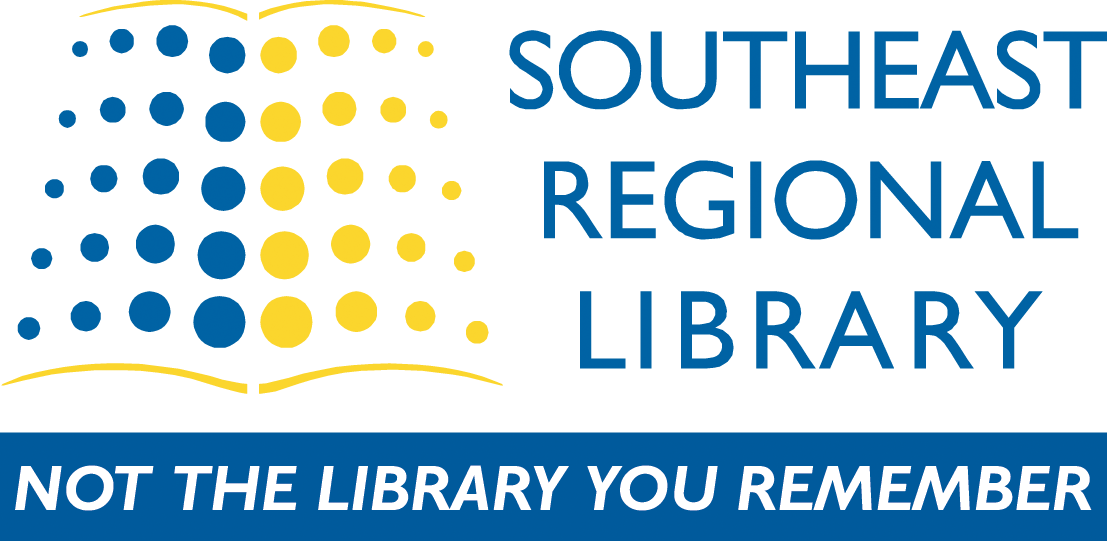This book looks at the world's deserts and how animals and plants have adapted to survive where there is little water and where temperatures may be scorching hot by day and bitterly cold at night.
Search Results
In 'Flemish Giant Rabbit: The Worlds Biggest Bunny, ' eye-popping color photos paired with simple, grade-appropriate text will engage children as they learn about the physical characteristics, diet, life cycle, and behavior of this supersized animal. A comparison diagram is also ...
Presents a history of transportation from ancient humans using muscle to traveling in space and discusses different modes of transportation. Includes one CD of clip art.
Discusses the size, behavior, and characteristics of the giant Pacific octopus.
This book looks at tropical rain forests and how animals and plants survive in one of the world's most ancient and fragile biomes. Rain forest animals range from chimpanzees to colorful toxic frogs, and eagles that prey on monkeys.-- Source other th Library of Congress.
Learn about the natural habitat, physical characteristics, diet, life cycle, and behavior of the supersized cane toad that can grow to be the size of a soccer ball!
Discusses the geography, wildlife, history, people, culture, government, and economy of Iran.
Learn about the natural habitat, physical characteristics, diet, life cycle, and behavior of the king cobra.
Explore the fascinating world of these extra-long insects.
This book looks at the world's polar lands and how animals and plants have adapted to survive in environments where tempaertures are below freezing for most of the year.-- Source other than Library of Congress.
This book looks at the world's grasslands and how animals and plants interact for survival in extreme climates -- from tropical grasslands of Africa's savanna to the wide open prairies of North America and the isolated stepped of Asia.
This book looks at the world's rivers and lakes and how animals and plants have adapted to live in and around fresh water. -- Source other than Library of Congress.
Learn about the natural habitat, physical characteristics, diet, life cycle, and behavior of this supersized animal. A comparison diagram is also included to show readers the animal in relation to a familiar object.
Presents the thousands of tiny lenses found in a fly's compound eye, the feathery antennae that a moth uses to sniff out food, and many more microscopic marvels.
